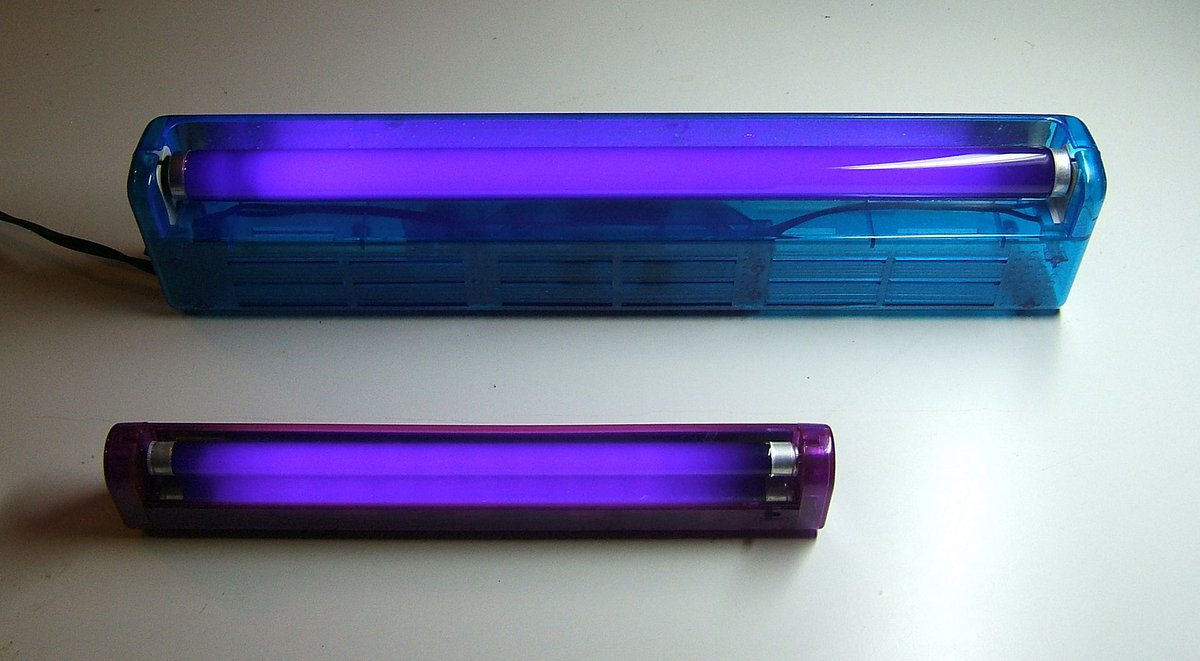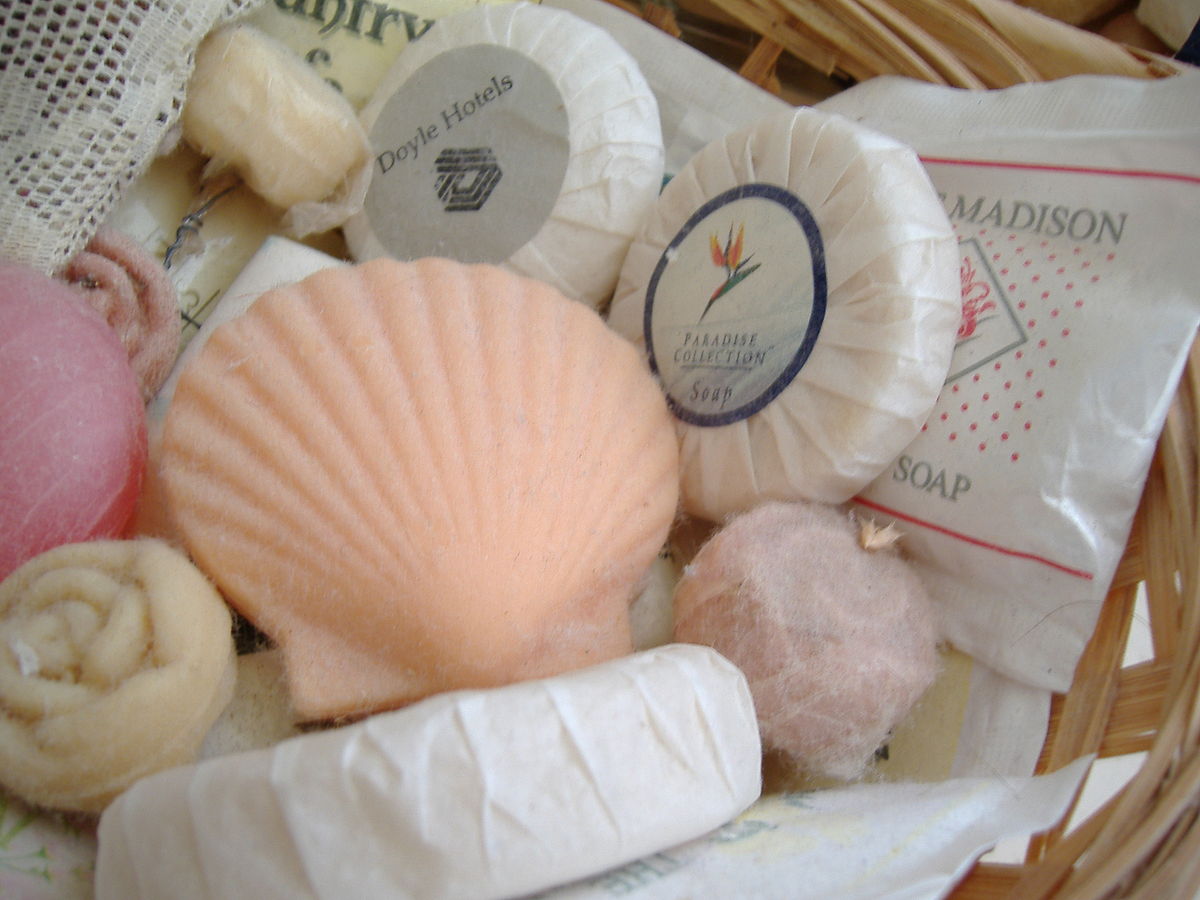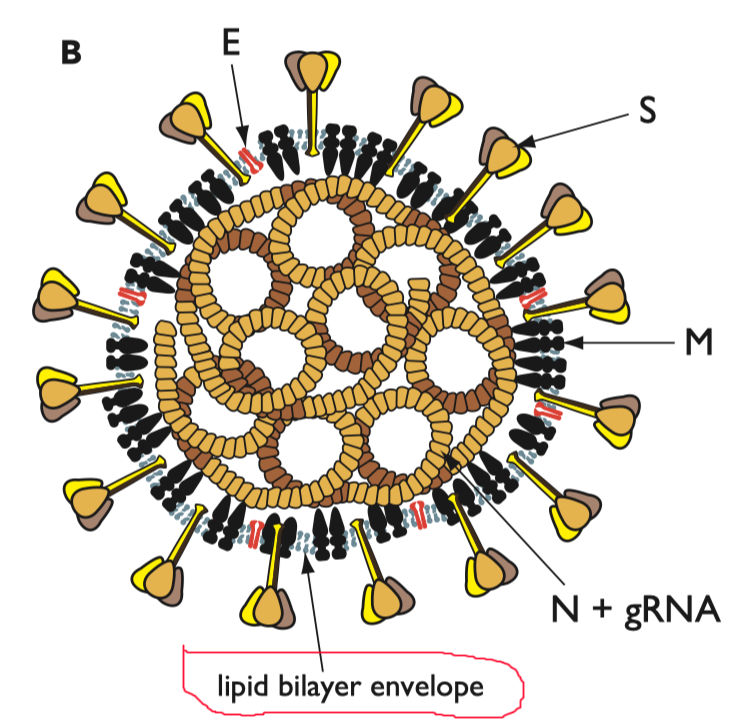
How are mRNA vaccines made? A chemist’s perspective. TL;DR A DNA plasmid is used as template for the in vitro transcription of DNA to mRNA which is then packaged in a lipid nanoparticle. But it is a bit complicated than that. (image @AFox_Perth theconversation.com/australia-may-… ) 1/35 

I am chemist with a life-long interest in viruses and self-assembly, working in the nanomedicine @ARCCoEBionano field for over 10 years. More recently, our group has been synthesising short RNA (unpublished work) with my colleague #ozchem @Fahrenbachus @UNSWScience 2/35
So when I heard first about mRNA vaccines back in April I was fascinated. Since then I have also become part of group mentioned in theconversation.com/australia-may-… article by @AFox_Perth that is arguing the case for local mRNA (and other RNA + DNA products) capabilities in Australia 3/35
It is not easy to find out the nitty-gritty details on how mRNA vaccines are made. This will be the first time in history they are made on the scale required to squash a pandemic. The literature on small-scale mRNA is a bit hard to decode. You can though buy "kits" for this. 4/35
This information black hole is actually common across the whole DNA/RNA field. Unlike in peptide synthesis, academic research papers a fairly few and mainly + 20 year old. The real know-how is buried in patents, "kits" and in-house confidential details. 5/35
Add to this that chemists and biologists have “complementary” misunderstanding on DNA and RNA synthesis. Some chemists think that all DNA and RNA is made by chemical synthesis. Many biologists think it is all done with the aid of cellular expression systems or enzymes. 6/35
Neither is correct! To make ANY DNA and RNA you have to first synthesise short DNA or RNA oligonucleotides using chemical synthesis on a synthesiser like the one shown below. But then you need molecular biology to make the longer stuff 7/35. 

The chemical synthesis of short DNA and RNA is done using highly efficient automatic synthetic machines that add one nucleotide on to the growing chain per cycle. The image below shows one of the more common methods (TBDMS #Chemistry ) but there are some other options. 8/35 

But you can only make DNA or RNA effectively up to a few tens of nucleotides (nt). si-RNA is typically 21 nt and is easily synthesised chemically. Moderna mRNA-1273 is..1273 nt (!) long and there is no way it can be made chemically. So how do they make it? 9/35
So to make longer DNA (or RNA), short synthetic strands are ligated together with DNA ligation enzymes. In principle this can be done with as little as 8-10 nt oligo DNA. In practice, it is best to have the oligos longer, up to and over 50-100 nt. 9/34
Using this enzyme ligation strategy, entire genes (thousands of nt) can be created quite easily by splicing the oligo building blocks together. Gene synthesis is what underpins modern biotech and synthetic biology. See videohere for an nice overview 10/35
Once you have the gene it can be transfected into a cell, usually bacteria. There are various ways to due this but yes, some involve packaging the DNA in a lipid nanoparticle which then delivers the synthetic gene to the cell @NanoMed_UNSW promega.com.au/resources/guid… 11/35
Once transfected, you can then let the cell replicate. In the case of bacteria like E. Coli, a few microgram of DNA infecting a few bacteria can grow into buckets (literally) of the bacteria in a few days. agwest.sk.ca/blog/posts/Lea… 12/35
If you then harvest these bacteria, and isolate the DNA from those, your few micrograms of DNA will have become up to grams of DNA! This is in essence how the “template” DNA for mRNA is made according to a key Moderna patent 13/35 #patent patents.google.com/patent/WO20161…
Note that the DNA could also be amplified by the PCR enzymatic amplification route but while convenient on a lab scale it is not commercially viable according to the Moderna Patent. 14/35 #PCR
In the Moderna case, the plasmid encodes for the intended mRNA sequence plus T7 RNA promoter, a poly-A tail and the restriction sites required to linearise the DNA plasmid, which is done after harvesting the DNA from E Coli 15/35
With the linear DNA template in hand you can start making the mRNA. But not so fast! Early studies showed that “normal” mRNA would cause a huge immune response. The “art” in making mRNA vaccines is to over come complications due to unwanted immune responses. This is hard! 16/35
One major modification is to change one of the nucleotides, uridine to N-1-methylpseudouridine. This change was a game changer. Other modifications are used too. But the required modified nucleotide triphosphates are very expensive en.wikipedia.org/wiki/Pseudouri… 16/35 

The 3'-poly-A tail also helps with RNA stability. Importantly, the 5’-end needs to be “capped” with modified nucleotides, otherwise the mRNA is not translated properly or at all to a protein + there are other immunogenic issues. #Immunology en.wikipedia.org/wiki/Polyadeny… 17/35
The above are some of the key reasons why scaling mRNA production up from a sub-milligram lab scale using a "kit" to the multi-kilogram scale (!) of mRNA required for the pandemic is non-trivial! But Moderna and BioNTech/Pfizer have now done this it seems! 18/35
With the DNA plasmid in hand, you can proceed. From the Moderna patent: 0.25 mg of DNA + 7.5 mM of each of the nucleotide, buffers, some inhibitors and then the T7 RNA polymerase all in ca 1.5 mL yielding 1-2 mg from ca 20 mg of nucleotides (5-10% yield). 19/35
The DNA plasmid is then removed and the mRNA “capped” with a different enzyme. This I am told, is actually the most problematic production step both due to the high price and the inefficiency of the enzymes used. The patent shows > 100x excess of capping nucleotide used. 20/35
The mRNA is now purified by affinity #chromatography using a polythymidine (poly-T) which sticks to the poly-A tail. In the Moderna patent this then yield 0.8 mg of mRNA. A single vaccine dose is perhaps 0.02-0.1 mg. Or somewhere around 20-100 g per million doses. 21/35
Once the mRNA is then complexed with a mixture of lipids that form the lipid nanoparticle. This includes both neutral PEG, cholesterol, zwitterionic lipids such DSPC and most importantly positively charged lipids that complex the mRNA and promote cellular transfection. 22/35
This is the other key “art” in making these vaccines – you need the right lipid combination to i) complex the mRNA effectively, ii) transfect the target cells and iii) reduce the immuno response. The names of lipids are even crossed out in the FDA filings to protect the IP! 23/35
Acuitas Therapeutics is providing the lipids for both BioNTech/Pfizer and Moderna and based on the patent it is a tertary-amine based lipid patents.google.com/patent/US10221… 24/35
So to sum up: Making mRNA vaccine requires a combination of cutting edge molecular biology, nanoscience and chemistry. But there is no magic involved and all the processes are (thankfully!) scale-able. 25/35
And the real power of mRNA therapeutics is that once you work out the manufacturing process it is fairly easy to modify the mRNA, e.g. if the SARS-CoV-2 mutates. You just alter the mRNA sequence. Easy-peasy! 26/35
But we need more than the 2-3 giant factories that BioNTech/Pfizer and Moderna have now, to push for more mRNA out there. They can’t make small scale but clinical grade mRNA for everyone else that wants to explore this technology 27/35
So for Australia and other countries wanting to jump on the mRNA train, we need to set up local manufacturing capabilities for making mRNA for clinical trials and more. You don't need a lot for clinical trials but you need high quality / cGMP processes and this is hard. 28/35
The mRNA field has been really pushed by industry believing in mRNA’s therapeutic potential. For a long time the main targets were actually cancer and certain genetic conditions before the attention turned to vaccines. 29/35
But the work started in academia with fundamental discoveries in different fields coming together to produce this new platform technology. Fundamental questions like: what is a capping group on mRNA for or the purpose of a poly-A tail? 30/35
Which lipids form aggregate and nanoparticles? How are positively and negatively charged molecules complexed together? And so many fundamental questions like our @ARCCoEBionano @NanoMed_UNSW deal with. This our politicians MUST understand. 31/35
There will be no more new platform technologies; no new weapon in the next crises like mRNA is turning out be if governments do not support fundamental (“non-applied”!) research. The pipeline of ideas will then drain up! 32/35
I am posting this with all the usual caveats. I am not an expert in all the subject matters and some of the information might have some errors or omissions or if you are a say, immunologist, over-simplifications on the subject matters. 33/35
Tell us if you know more. And correct me where I am wrong! As I said, decoding the fairly limited open literature on how mRNA is made is not that easy. But this could be one of 21St Century most important innovation. I want to know more! 34/35
I hope you find this journey through how mRNA is made useful. We are going to see a lot more of this technology in the future I think, and change history in the fight against #COVID19 I close off with a link to a nice pre-covid review on the topic: ncbi.nlm.nih.gov/pmc/articles/P… 35/35
• • •
Missing some Tweet in this thread? You can try to
force a refresh






